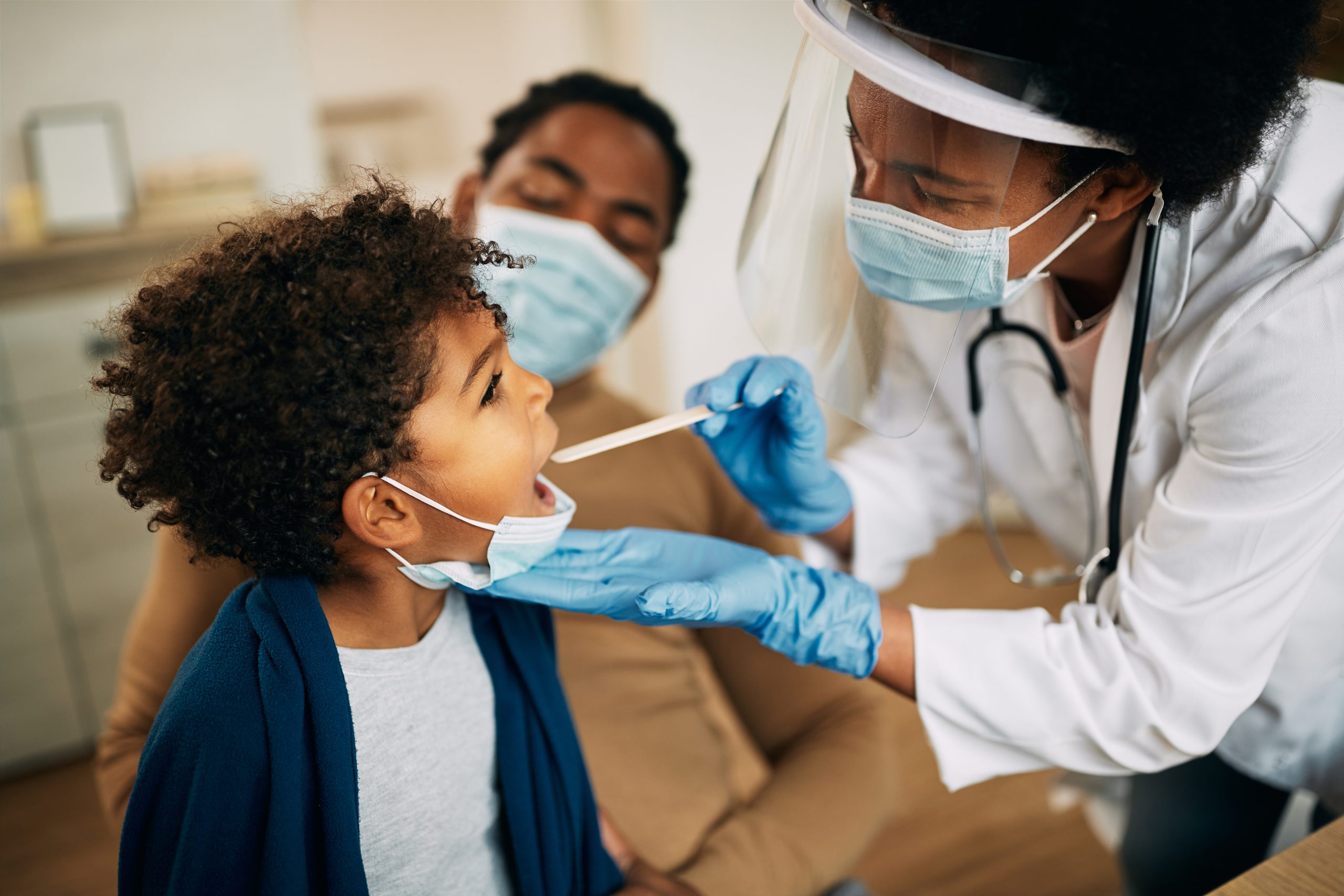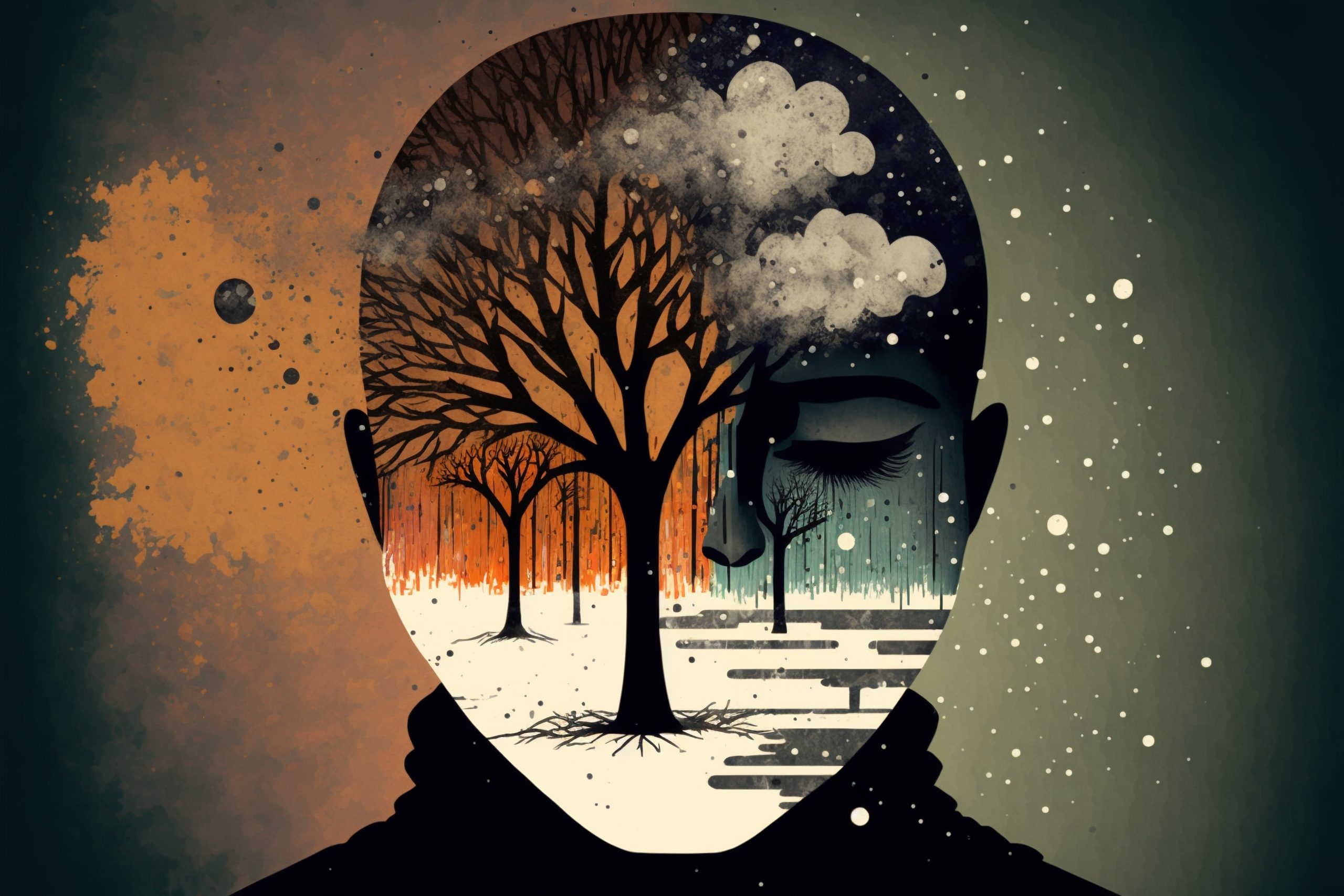
Blog: The holidays can bring on the upper respiratory illnesses
Dec 22 2023

Depression might become an issue for people this time of year. The winter holidays can be emotionally complex, and they arrive when the hours of daylight shrink to their low point. Here are strategies to beat the negativity.
Depression, psychologist Robert Beedle tells his clients, is a condition that tries to trick a person into taking missteps that make depression worse.
And this time of year, depression can be particularly challenging.
The reason has to do with how the emotions around the holidays sometimes swirl and blend with seasonal affective disorder, or SAD.
“The holidays are a time when people do a lot of comparison,” said Beedle, a postdoctoral psychologist at Regional Health Systems. “They’re a time when people think about a past that seemed a lot better than things are today. Also, the holidays come with a lot of stress—whether that’s financial stress or high expectations or even grief. It can be a very complicated season for a lot of reasons.”
At the same time, we’re entering the time of year that can trigger seasonal affective disorder, a type of depression heavily influenced by seasonal changes—primarily the shrinking hours of sunlight as the calendar moves into the depths of winter in the Northern Hemisphere.
First described by American psychiatrist Norman Rosenthal in 1984, the American Psychiatric Association formally recognized seasonal affective disorder in the late 1990s. Experts estimate that about 5 percent of the population suffers from some form of SAD. Women are more likely to develop the condition than men.
SAD is characterized by persistent and pervasive depression that could include sadness, anger, easy irritability throughout the day, lack of interest in activities a person once enjoyed, problems with concentration, lack of energy or persistent tiredness. In extreme cases, people with SAD can have suicidal thoughts.
It can be tough for a person to distinguish seasonal affective disorder from the typical winter blues or the sometimes-complex emotions people experience during the holidays, Beedle said. The key is how an individual is functioning.
“We really consider a depressive episode a mental health condition when it starts to impact your functioning,” he said. “But functioning is one of those words that can mean so many things.”
An extreme example of a negative impact on functioning is if someone calls in sick to work four or five times in the same month because they cannot muster the mental energy to get out of bed, Beedle said. Much less extreme is a parent occasionally feeling incapable of caring for their children in the way the parent would prefer.
“What would really distinguish that difference between feeling a bit off or feeling the winter blues versus experiencing a major depressive disorder with a seasonal pattern is that your functioning is being concretely impacted,” Beedle said, “and it’s starting to cause some consequences to you.”
Several treatments exist. One of the most intriguing is light therapy, essentially exposing an individual to broad spectrum, bright light for a half hour in the morning via what’s known as a “light box.” Beedle uses one in the winter.
The light boxes may compensate for lost daylight, which is thought to drive up production of the natural sleep aid melatonin. In addition, experts believe that the loss of daylight also throws off a person’s circadian rhythm.
One caution Beedle mentioned about using bright light: for people with bipolar disorder, bright light can trigger a manic or hypomanic episode.
In those circumstances, an individual could consider other treatments, including medication or therapy.
Do-it-yourself strategies
People who may feel a little down, notice a lack of energy or experience depressed feelings but are function daily can try a few techniques—known as behavioral activation and cognitive restructuring—to boost their mood, Beedle said.
Strategies amount to getting out into the world, surrounding oneself with people, and engaging in activities. Also, participating in organizations, even in modest roles, connects you to people, which can be one of the most effective ways to challenge negative self-perception and leave a person feeling more encouraged, he added.
“When you’re feeling symptoms of depression, generally you feel compelled to self-isolate—get really comfortable on the couch or bed, turn on really bad TV or look at social media and maybe get out the bag of chips or ice cream and start eating,” Beedle said. “What actually would help is getting up and calling a friend and asking them to do an activity, maybe take a walk, engage in a stimulating conversation then have a healthy meal afterward.”
The self-care and doing the opposite of what the depression is compelling a person to do can solve depression’s tendency to trick an individual to fall deeper into despair, Beedle said.
If negative symptoms persist, however, the smart move is to contact a medical professional, if merely for a virtual visit, he said.
“That consultation may be simply checking in with your primary care provider,” Beedle said. “But you’ll want to do that to kind of get the ball rolling. Depressive episodes have a tendency to intensify. It’s always easier to treat any form of depression earlier than later.”

Dec 22 2023

Oct 24 2023